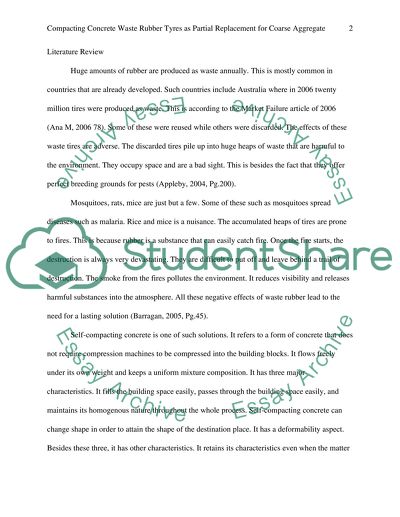Cite this document
(“Properties of Self :Compacting Concrete using waste rubber tyres as Literature review”, n.d.)
Retrieved de https://studentshare.org/engineering-and-construction/1478129-properties-of-self-ytcompacting-concrete-using
Retrieved de https://studentshare.org/engineering-and-construction/1478129-properties-of-self-ytcompacting-concrete-using
(Properties of Self :Compacting Concrete Using Waste Rubber Tyres As Literature Review)
https://studentshare.org/engineering-and-construction/1478129-properties-of-self-ytcompacting-concrete-using.
https://studentshare.org/engineering-and-construction/1478129-properties-of-self-ytcompacting-concrete-using.
“Properties of Self :Compacting Concrete Using Waste Rubber Tyres As Literature Review”, n.d. https://studentshare.org/engineering-and-construction/1478129-properties-of-self-ytcompacting-concrete-using.


